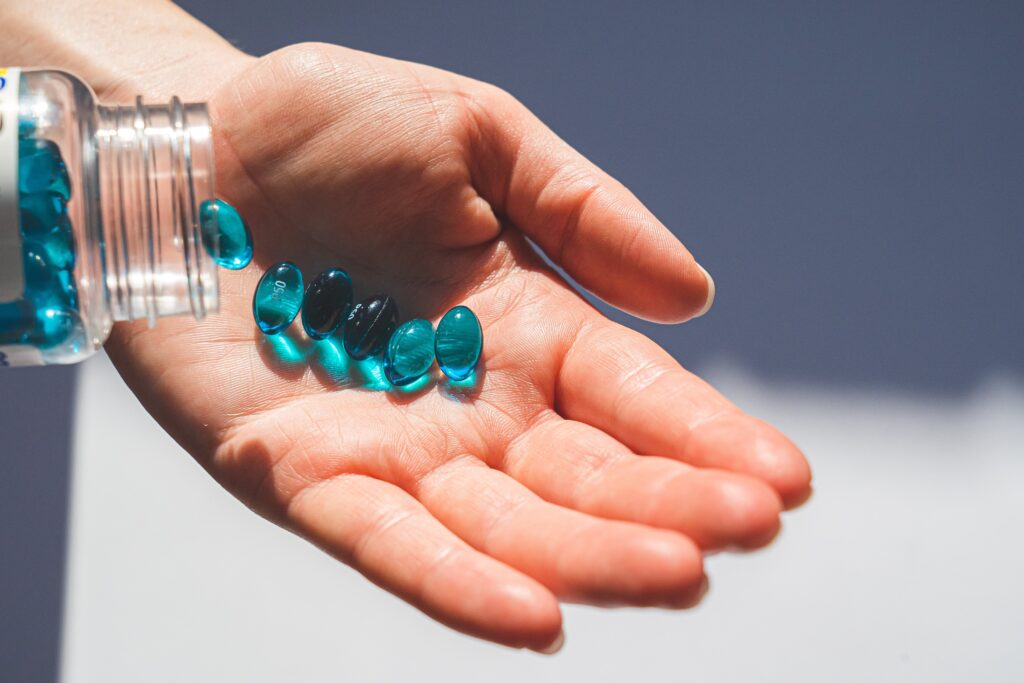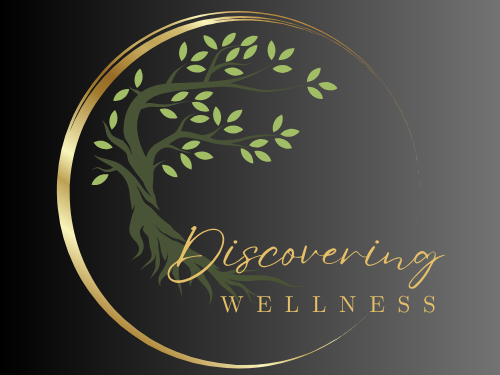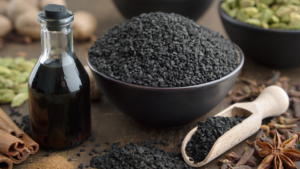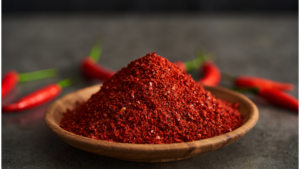
The Hidden Dangers of Painkillers and Natural Ways to Manage Pain
Popping pills may seem like an easy solution for relieving pain, but pain medications come with health risks that are often downplayed. Common over-the-counter medicines like acetaminophen, ibuprofen and aspirin, as well as prescription opioids like oxycodone, have significant side effects that can do long-term damage if used improperly or excessively.
Acetaminophen, found in drugs like Tylenol, can overwork the liver. Ibuprofen and other NSAIDS raise the chance of heart attack, stroke and gastrointestinal bleeding. Opioids are highly addictive and can depress respiratory function. A startling rise in overdoses related to prescription opioids demonstrates the dangers of these serious medications.
While effective for short-term, acute pain relief, medications are not a wise long-term solution. They simply mask pain signals rather than addressing underlying issues. This allows damage to get worse and the painful problem to progress.
Luckily, there are many holistic, non-medication approaches to effectively managing recurrent or chronic pain in a safe, sustainable way. Traditional practices like acupuncture and massage have been relied on for centuries to bring the body into balance. Staying active with appropriate stretching and exercise keeps joints mobile and muscles flexible. Anti-inflammatory foods, herbs and spices can also help soothe inflammation that contributes to pain.
Acupuncture uses very fine needles placed in targeted pressure points around the body. Studies show this practice releases natural painkillers called endorphins and boosts blood circulation. The World Health Organization considers acupuncture an effective component of pain relief strategies.
Gentle, assisted stretching through disciplines like yoga, tai chi and pilates improves mobility and stability. Building strength also protects joints from further damage. Simple home exercises and using fitness tools like foam rollers and therapy balls help restore range of motion and provide pain relief through myofascial release.
Anti-inflammatory foods containing omega-3s or compounds like turmeric, ginger, and tart cherries work from the inside to ease swelling and discomfort. A diet rich in vegetables, fruits, and lean proteins ensures the body has nutrients necessary for bone, joint, muscle, and tissue health. Staying hydrated is also key.
Herbal supplements like Boswellia, willow bark, capsaicin, and arnica applied topically or taken internally can reduce pain symptoms without harsh side effects. Many contain active pain-fighting ingredients also found in prescription drugs. Using essential oils and CBD oil may also offer therapeutic pain relief for some.
I personally avoid taking painkillers, even for headaches or menstrual cramps. I find the side effects and risks of over-the-counter drugs not worth it for temporary relief. Instead, I look to natural solutions as my first line of defense when faced with pain or discomfort. Making sure I stay hydrated with plenty of water is my number one remedy. I also find relief through heat packs, gentle stretching, meditation, and getting adequate sleep. If the issue persists, I’ll confer my pain to my CBD supply. Then I’ll visit an acupuncturist or massage therapist for alternative treatment before considering any type of medication.
My body tends to heal itself pretty well when I support it with a healthy lifestyle and natural therapies. For me, reaching for a painkiller is an absolute last resort. I prefer to address the root cause and use holistic healing techniques to find lasting relief. A holistic, non-pharmaceutical approach to pain management focuses on restoring balance to the body and mind through natural modalities. This facilitates true healing rather than just numbing pain.



